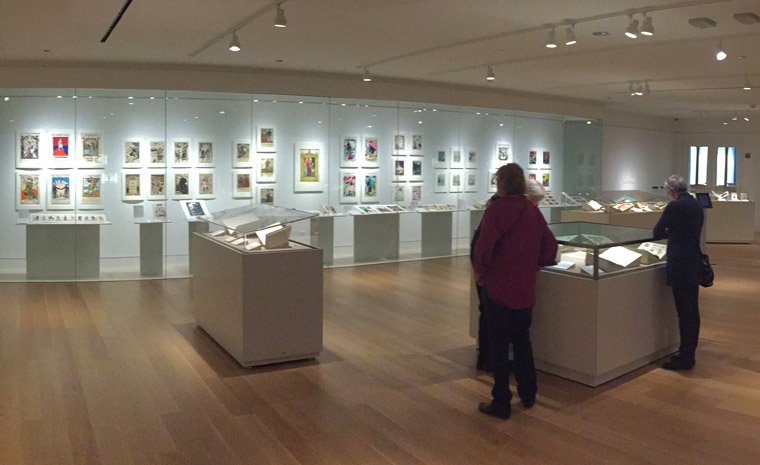Writing near the end of the first century B.C.E., Roman architect Vitruvius Pollio identified three elements necessary for a well-designed building: firmitas, utilitas, and venustas. Firmness or physical strength secured the building's structural integrity. Utility provided an efficient arrangement of spaces and mechanical systems to meet the functional needs of its occupants. And venustas, the aesthetic quality associated with the goddess Venus, imparted style, proportion, and visual beauty. Rendered memorably into English by Henry Wotton, a seventeenth century translator, “firmness, commodity, and delight” remain the essential components of all successful architectural design.
Architecture has been a part of the Library's holdings since 1891, when President William Rainey Harper purchased the complete stock of a Berlin book dealer for the University of Chicago. Among the treasures acquired for the Library with this collection were early editions of works on classical architecture, sculpture, and design, along with a 15th-century manuscript of Leon Battista Alberti's influential architectural treatise, De re aedificatoria. Subsequent gifts, acquisitions, and archival transfers have brought added distinction and variety to the Library's architecture collections: theoretical works and popular manuals, records of the University's physical development, papers of urban planners, postcards and ephemera, photographs, and architectural drawings and blueprints. Based on the holdings of the Special Collections Research Center, the architectural selections displayed in this exhibition suggest the diversity of these resources and their rich potential for research across a broad range of topics in the arts of building and design.
Firmness, Commodity, and Delight celebrated the opening of the new Special Collections Research Center Exhibition Gallery and the completion of the Joe and Rika Mansueto Library. This exhibition was presented in conjunction with “500 Years of the Illustrated Architecture Book,” a city-wide festival marking the publication of the first illustrated book on architecture, the Fra Giocondo edition of Vitruvius's De architectura libri decem.
